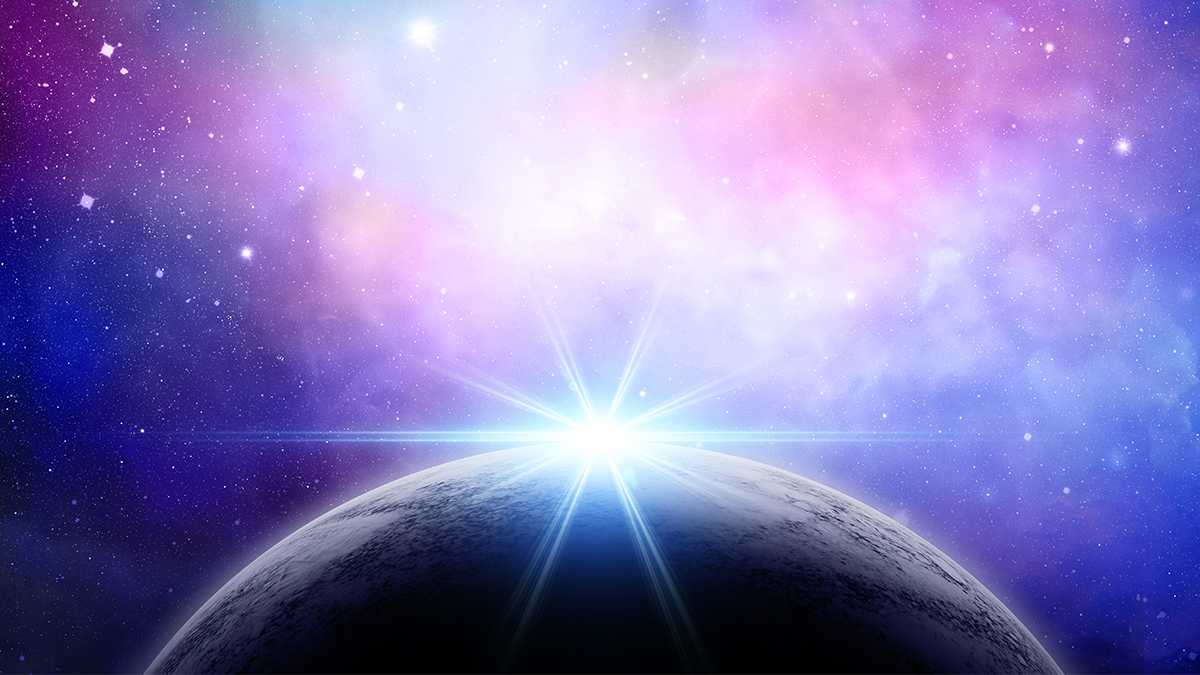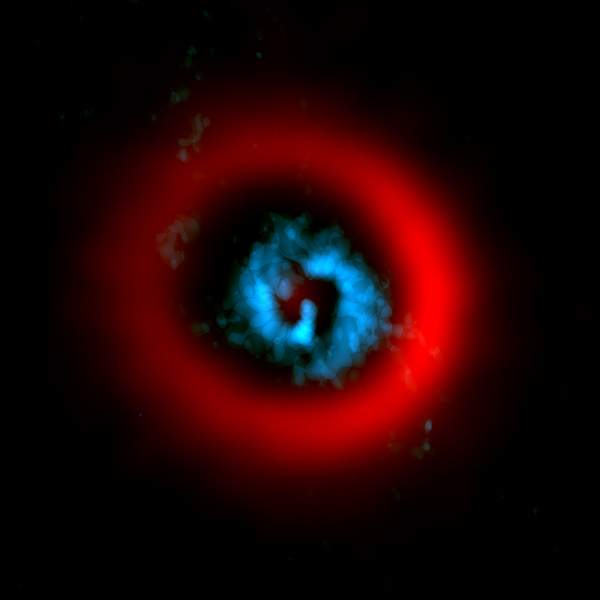
Astronomers observe the birth of planets around a young star: a photo in color
At a distance of 508 light years from Earth, which is quite close by cosmic standards, the young star AB Aurigae is still forming. However, planets are already being born around it.
A new study has shown that one of the planets forms at a very great distance from its star and in a rather unusual way. In the future, it is likely to become a gas giant similar to Jupiter.
The protoplanet does not yet have a name
AB Aurigae is a very young star, no more than 5 million years old, while the Sun, for example, is 4.6 billion years old. At the same time, its mass is 2.4 times greater than the mass of the Sun. It is still surrounded by a thick rotating disk of gas and dust. This disk helps the star itself to grow and will shape its system: the planets asteroids, comets.
- A scientific article by researchers from Japan and the United States has been published in Nature Astronomy.
- Its data show that the planet is formed from the outside to the inside as a result of the gravitational compaction of a gas cloud.
- This is unusual because it has always been believed that planets are born in reverse – from the center to the outer edges.
- Observations have revealed a bunch that indicates the formation of an exoplanet in about 93 astronomical units from the star.
- This distance is three times greater than from the Sun to Neptune, the most distant planet in our system.
- Calculations show that the mass of the new exoplanet is about nine times the mass of Jupiter.

Nature is intelligent, it can create planets in different ways.
In addition, scientists have also found that at a distance of 430 and 580 astronomical units from AB Aurigae are similar processes that indicate the formation of other exoplanets.
The findings could help scientists better understand our own solar system.

